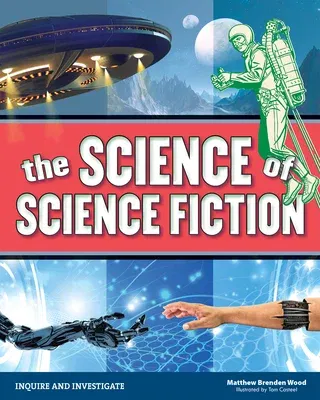Matthew Brenden Wood
(Author)The Science of Science FictionPaperback, 14 February 2017

Qty
1
Turbo
Ships in 2 - 3 days
In Stock
Free Delivery
Cash on Delivery
15 Days
Free Returns
Secure Checkout

Reading Age
Ages: 12-15
Grade Levels
7-10
Part of Series
Inquire and Investigate
Part of Series
Inquire & Investigate
Print Length
128 pages
Language
English
Publisher
Nomad Press (VT)
Date Published
14 Feb 2017
ISBN-10
1619304708
ISBN-13
9781619304703
Description
Product Details
Audience:
Ages: 12-15
Author:
Book Format:
Paperback
Country of Origin:
US
Date Published:
14 February 2017
Dimensions:
24.89 x
19.81 x
0.76 cm
Educational Level:
Grade Levels: 7-10
Illustrator:
ISBN-10:
1619304708
ISBN-13:
9781619304703
Language:
English
Pages:
128
Publisher:
Weight:
281.23 gm